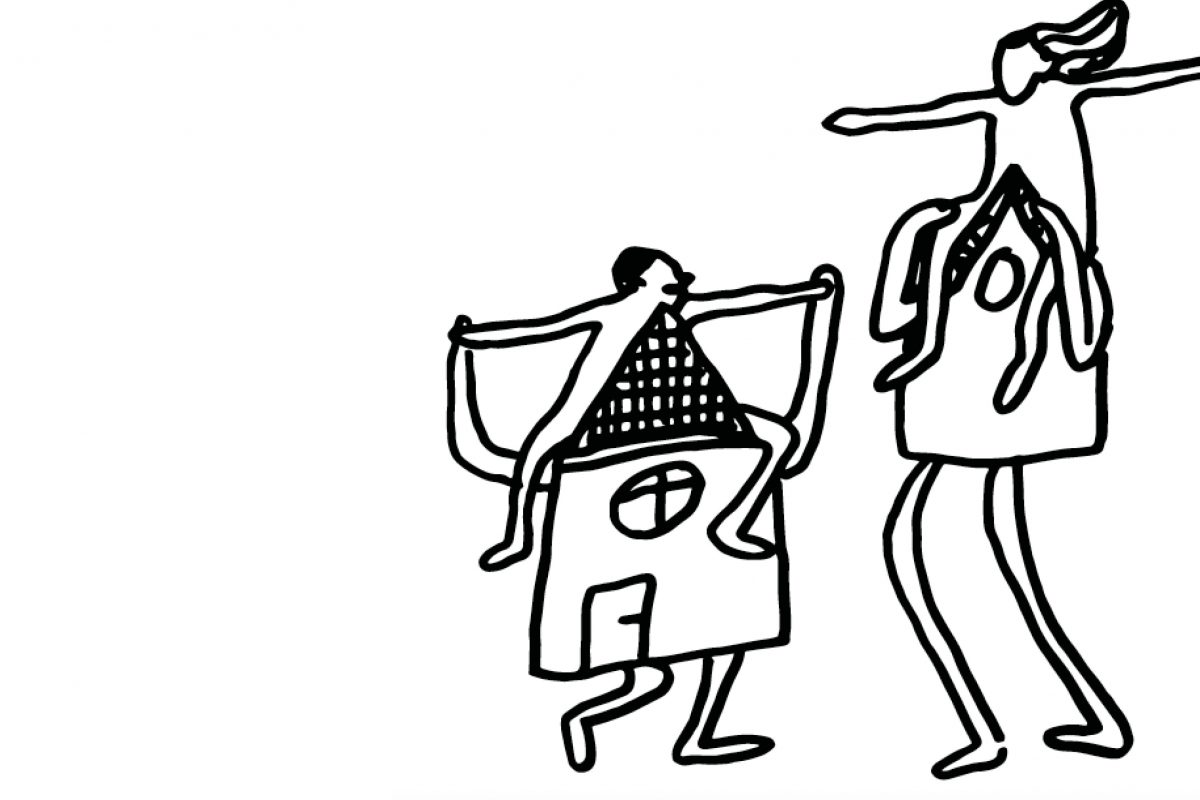
Keep up with our latest news and projects!

Why should place shaping in Chelmsford be of more than local interest? How has Chelmsford shown that places are more than urban development? This chapter is about the citizen-based experiment called Changing Chelmsford, which used collaborative actions to energise a conservative town. We aimed to overcome complacency, to demonstrate that place is about belonging, small-scale creativity and connecting diverse people.
Chelmsford is a medium-sized cathedral town of 100 000 in the UK’s south-eastern region. Like other towns encircling London, it embodies a tension: on one hand, it is dominated by the metropolitan city, and its proximity (35 minutes by train) has meant it is perceived as a commuter town, lacking identity. On the other hand, it is at the centre of a sub-region with an affluent catchment of 500 000 across surrounding towns and villages, with potential for a dynamic civic identity.
Chelmsford’s 19th century growth was based on industrial innovation, being best known for Marconi’s radio factory in the early 20th century. It has evolved as a centre for civic administration, health, finance and shopping and more recently, a university town, derived from John Ruskin’s Cambridge School of Art (now with schools ranging from architecture and medicine, to zoology).
Being just outside London’s green belt, development pressures in Chelmsford persisted, despite the 2008 economic downturn, which stalled progress in key sites. Municipal authorities were focused on top-down inward investment, retail growth, and prudent civic management. Urban planning had embraced intensifying urban centres, but despite sustainable communities rhetoric, had not achieved local neighbourhood building or non-car transport.
‘Place shaping’ is a term within urbanism which refers to the process and importance of economic, community and cultural activity in creating happy neighbourhoods, alongside architecture and urban design. Consequently, Changing Chelmsford grew from an initial concern with engaging a wider range of local perspectives into a diverse network of motivated people generating community-based visions for its future, outside the formal planning structures.
Public engagement in UK spatial planning and urban design practice arises from specific site development proposals for planning permission, regeneration area proposals, or long-term strategy and policy requirements. These activities are led either by developers and their agents (architects, urban designers or development planners) – or by municipal planning authorities, who have a responsibility to consult local residents, civic interests and businesses on policy and proposals, to ensure fair, transparent decision-making. UK spatial planning is locked into these formal processes. As authors (an academic and a practitioner) we have been closely involved in the Changing Chelmsford initiative – Roger from 2009 and Nezhapi from 2010. We were aware that the structures for consultation were not allowing voices to be heard outside these highly regulated processes. Since then, neighbourhood plans have been introduced but still regulated through formal process.
In the academic context, a number of planning theorists have proposed new approaches in recent decades, such as ‘collaborative planning’ – also known as ‘communicative planning’ (Healey, 1996, 1997, 2003; Innes 1995; Innes & Boother, 1999,). John Worthington, then a director of the UK’s Academy of Urbanism (AoU) was an advocate of the collaborative approach, viewing non-adversarial collaboration between formal and informal interests as being important for urban place shaping and not just formal planning process compliance. Consultation exercises fall in the middle of Sherry Arnstein’s (1969) ‘ladder of participation’, a model she used to describe a variety of approaches to community role in decision-making processes – ranging from exclusion (manipulation/therapy) at the lower end, through informing or consulting – to higher level placation, partnership and full participation.
In the past 40 years, a wide range of consultative and participatory methods have been developed – in urban design architecture, and urban planning – to address the issues raised by Arnstein. Many Councils no longer hold ‘public meetings’, a format now understood to encourage adversarial interactions with communities. Greater use is made of workshops, charrettes, ‘planning-for-real’, or multi-interest steering groups. However, despite the creativity and sophistication of many new techniques, they remain very goal-specific and time-limited to the duration of engagement events, project timetables of specific site projects or to the preparation of Plans. As a result, we’ve seen a proliferation in the number of such activities conducted for each new project or Plan – contributing to the consultation ‘fatigue’ and distrust experienced by local communities, who perceive these as self-serving, ‘tick-box’ exercises.
In 2009, Chelmsford resident Malcolm Noble, a retired head teacher, was stimulated by the Royal Society of Arts (RSA) call for regional citizen-led initiatives. He convened a Chelmsford ‘forum’ to open up alternative ways for residents to engage with change in the city centre, which lacked a resident representative body.
As he connected with diverse community leaders, education professionals, and urbanists, a conversation embracing a wider scope of local perspectives ensued – about community-based visions for the town’s future, that could include hidden community groups, busy commuters, ‘champions’ of the town, more mobile or transient people, such as students, having looser attachments to the place. The RSA offered access to eminent practitioners, who came to Chelmsford and helped mobilize the group. We heard from John Worthington and Charles Landry and used this to engage with academics from our two universities – Anglia Ruskin University and Writtle University College. This led to a partnership with the AoU.
The ‘Chelmsford Forum’ quickly evolved away from a convened forum, to a loose network, focused on resourcefulness, imagination, collaboration and action. This experiment in Chelmsford aimed to stimulate ‘open-ended conversations’ about the town’s identity and future, founded on interactive practice and communication. Consequently, ‘Changing Chelmsford’ focused on developing an ongoing dialogue between its key local and national stakeholders (institutions), local resident, and business and academic communities.
This novel approach, responded to a wider political embrace of community-led placemaking, happening in other towns. The election of a new national Government in 2010 reflected this movement towards ‘localism’, introducing measures for locally devolved powers, and ‘Big Society’, promoting volunteering of local talent.
Our engagement with citizens was not based on any regeneration proposal nor development plan consultation – and so it was not controlled, time-limited, nor site-specific, having the whole of Chelmsford’s urban area as its remit. There was another stimulus – the town’s aspiration for recognition as a City (it filed its application in 2012). Changing Chelmsford promoted the idea of living like a city to be recognised as a City.
Changing Chelmsford has involved exploratory action-research over the past nine years. This enabled the authors, as urbanism academic and planning practitioner respectively, to explore the benefits and limitations of applying collaborative theory to place shaping in practice. A summary of key examples of this practice follows, with evaluation of their impact.
Once a steering group was established, a network of diverse individuals and organisations formed the basis of the project. The following shared intentions emerged:
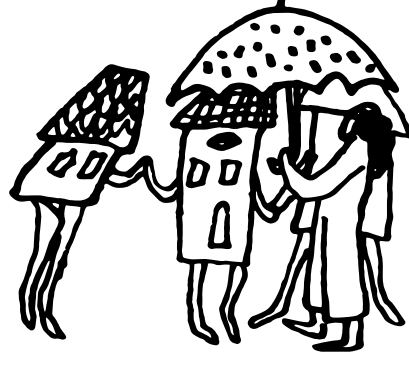
With these broad motivations, the driving force was to use voluntary expert support to expose citizens to ideas benefiting communities, culture and places and enable them to respond creatively. A selection of some Changing Chelmsford activities and their impact are described below.
Altogether Now: 2011-12 – a local impresario-led ‘fringe festival’ celebrated local art talent in town centre venues. WikiHouse 2011 – collaborating with a research group, part of a downloadable house plan was constructed by students & staff of both universities. Anglia Ruskin paid for CNC routing, and a developer provided the timber.

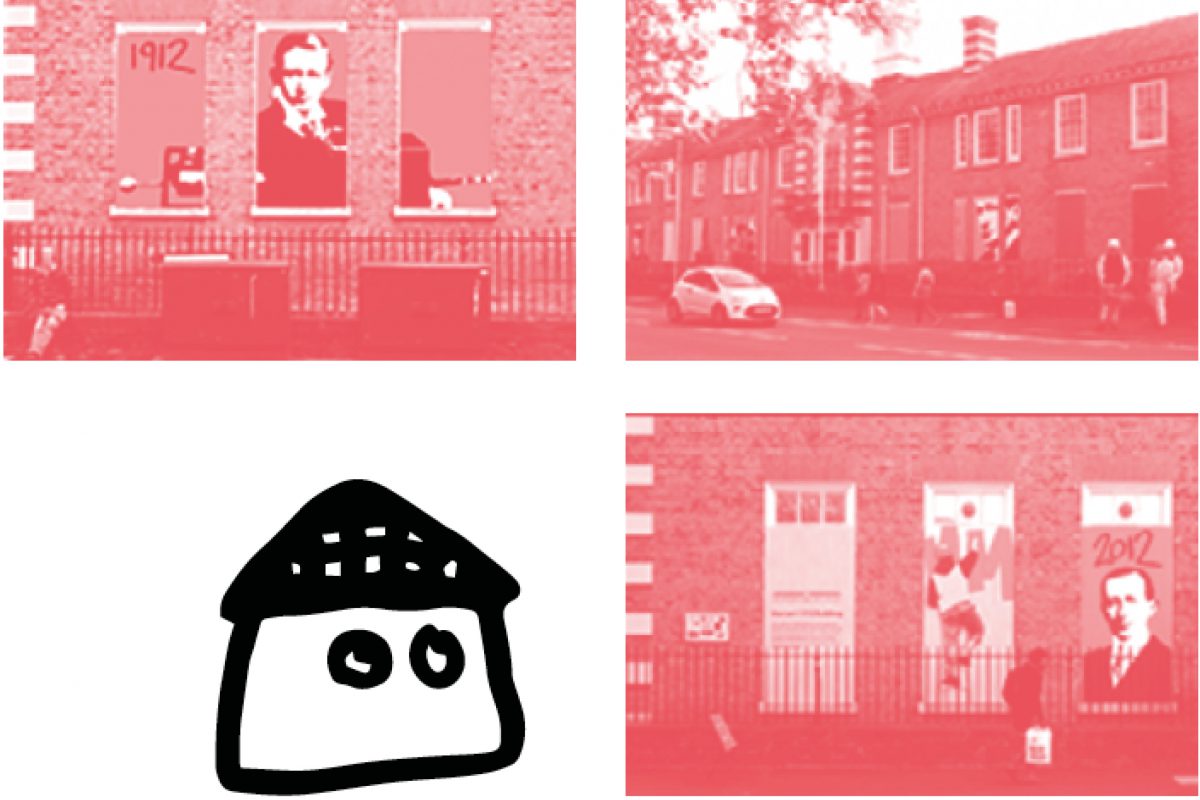
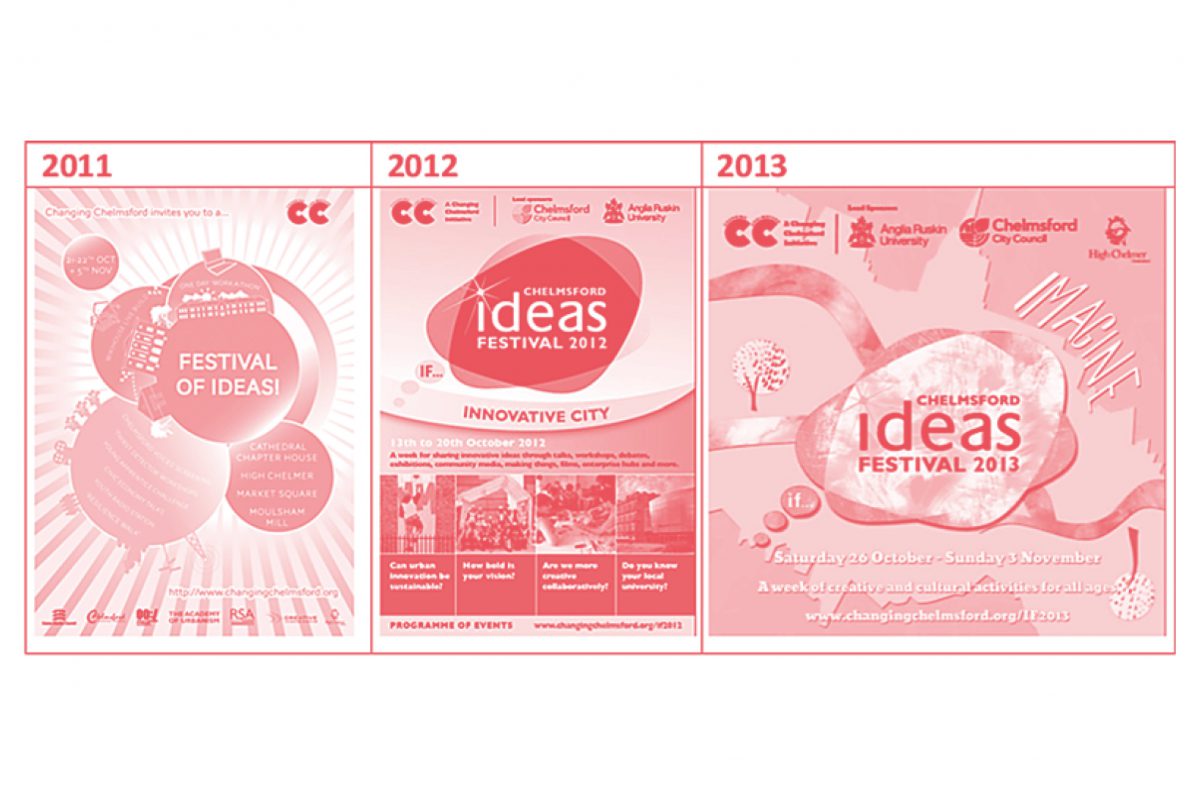
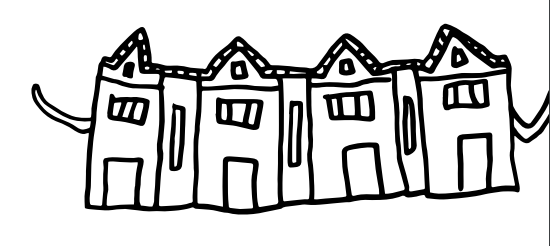
Beyond the initial planned workshops in 2010, subsequent programmes evolved from the initial ideas over time, with input from new participants. However, it was unclear at the outset, how long the experiment could be sustained. We needed to take a pragmatic, less formal approach, which could adapt with the initiative. Interviews with 35 stakeholders and participants were carried out in the summer of 2017, with the following key themes emerging:
Stronger connections with people & place
A recurring theme centred on how participation (with any one of the events and projects under the Changing Chelmsford umbrella) helped even long-term residents to connect with people and organisations outside their normal circle.
“It’s very profound, it’s much bigger than I thought it would be. Being networked and involved in Chelmsford …before was far less, through my children…
I’ve become more engaged with the Festival and I’ve joined the Chelmsford Civic Society and through this organisation I’ve been involved with the Chelmsford Cycling Action Group.
So, there are other things …happening and you feel a lot more connection and better understanding of the fabric, the social, there are very interesting people that are here and the University that I was only vaguely aware of before.
And my friends that aren’t so locally networked …they don’t see this side of Chelmsford which is really nice. ” – Interviewee Quote 1, Mary, local resident & practitioner
Platforms for local, bottom-up actions
Another theme shows how the initiative and its spin-offs provided community-based platforms for people to not only engage, but also initiate their own events & projects.
“So my Ideas Festival event, Chelmsford 21, really got people thinking what we’re doing with Chelmsford in terms of lifestyle, cars, the future. It didn’t achieve much but I made some really good connection which involved the Tour de France going through Chelmsford. …that was a platform I got and I’m really proud to have achieved that.…” – Interviewee Quote 2, Steve, local resident & event organizer
A safe space for ‘feeling at home’ in the city
This theme reveals the Ideas Hub’s social value as a welcoming space in the city centre.
“The best way to look at that is go onto the facebook page. When we were told it had to move, which is one of the great things about the Hub, there are many stories there, ‘its actually is the only place I can go and feed my baby’, or ‘where I meet people like me’. They are just heart-warming stories… And all the Hub has done is provide a space for that to happen.
I think that is a model for other public programmes in the future, you don’t need to commission a service, because that service is always time bound, but to provide those social links, …meet up here, …, you are creating that support structure that will last far more longer, beyond financially possible. Good gym is another good example, that is 34/35 locations across the country, and the Chelmsford one runs out of the Ideas Hub, it uses that as a starting point …” – Interviewee Quote 3, Paul, local resident & Hub charity trustee
“… And the second thing is, even though I was only involved with running the Hub on Saturdays, I’m really proud of what people said when coming into the Hub, they felt safe, comfortable, somewhere where they wouldn’t be embarrassed, or left out, that they didn’t have to buy a coffee or anything they could come down for a chat, and I’m really proud they feel it’s a space for them and welcoming…” – Interviewee Quote 4, Steve, local resident & event organizer
Lessons: Trust, Confidence and Capacity
Our findings indicate that this approach to ‘collaborative urbanism’ can stimulate cross-sector conversations for generating creative ideas, and nurture emergent social actions, which can help transform perceptions and relationships between urban stakeholders, the community organisations and public-minded citizens.
The risks of this informal approach are low levels of public involvement, no funding and less than hoped-for impacts on politicians and future public programmes.
Changing Chelmsford helped build trust amongst citizen participants by collaborating on shared goals and relatively ‘low- risk’ events (compared with politically and financially ‘high- risk’ consultations on development or planning policy). This was evidenced by the participants who now felt encouraged to start their own initiatives as described above.
“… just from being a tutor here, and working with Changing Chelmsford on various initiatives. I’ve certainly got more of a social outlook than previously.
So for example, I’ve set up, in my home town of Leigh-on-sea in Essex, a community group …to save a historic landmark which … has been closed for 9 years … So I’ve become much more engaged with the community, and we’ve run a student project, with the town council which saved the community centre from being demolished.
We’ve worked with the YMCA in Chelmsford and with Chelmsford gymnastic club, South Woodham Ferrers girl guides, and …, all these organisation have gone on to greatly benefit from that involvement between the University and key stakeholders …” – Interviewee Quote 5, Ron, University Tutor
Lessons: Creating a ‘Sense of Community’ & Identity
This was a more diffuse approach, but it achieved deeper, personal levels of social engagement amongst some students, event participants, volunteers, their organisations and networks. Several interviewees remarked that prior to their involvement in either Changing Chelmsford, the Ideas Festivals, or the Ideas Hub, they knew very few people in Chelmsford.
“I think both have had a significant impact in that there was no sense of community in Chelmsford, I mean Chelmsford is a strange place in that you’ve got a really high …income form a commuting population, …and it means that …the people not employed don’t get a look-in with funding and there’s very few resources for people with mental health issues and mums with kids, even, …, long term unemployed, pensioners. … all the people who aren’t working really.
So I think it has brought a place, I think it has made people much more aware of the importance of community, made community visible. I think it has been a place for many, many relationships and initiatives to start.” – Interviewee Quote 6, Louise, former Hub volunteer
The interactions facilitated by the initiative and spin-offs over 9 years, helped them ‘feel at home’ in the city, with a calendar of events, wider network of friends, professional peers and contacts, generating a ‘sense of being part of a community’.
Lessons: Socially-based, Spatial Interactions & Learning
The spatial learning gained from involvement in a wider range of local events and spin-offs, has benefits over the medium-term. It highlights the value of place shaping continuity over time, enabling community hubs for collaborative activities and participative models.
“I think it has been productive to get students involved …And getting feedback …, they loved hearing from the Dean of the cathedral and from Matthew Taylor on the role of economics and change, all relevant to planning. Then in the afternoon …was a walking tour of Chelmsford …, a few architecture students dropped off but all planning students went and you had this group of 70-80 people following Roger around Chelmsford telling the story of {new} buildings, ‘oh the developer said this… and eventually that was built’, and for many local people, it was the first time someone had explained the place in planning terms…” – Interviewee Quote 7, Nelia, University Tutor
Practical implications – governance structures to sustain community initiatives
Changing Chelmsford was by necessity a loose organisation reliant on individual commitment and energy. A formal leadership group helped steer and organize key events. More could have been done to strengthen the network structure, providing clearer roles and responsibilities, which could have aided volunteer retention.
There was a need for a motivated politician to embrace the approach and help translate the spirit of Changing Chelmsford and some projects into political programmes.
The lack of sustained and higher level funding through sponsorship and donations led to the Changing Chelmsford initiative losing momentum, volunteers dwindling, and fatigue for those remaining. The loose structure did not meet grant funding criteria. However, its main spin-off – the Ideas Hub, and indirect new ones still continue: a revitalized City pressure group, campaigns for a Marconi science centre, and new Chelmsford Festival, 2018.
Addressing the lessons above through stronger political support and business sponsorship, this experimental citizen initiative complements formal consultation with collaborative urbanism, giving people a stronger understanding of place and ownership of change.
